Could you please introduce yourself and your role at the Women’s Art Collection?
I'm Harriet and I have been curator at the Women’s Art Collection at Murray Edwards College in Cambridge for five years. Before that, I was a curator in Norwich and was previously at the Royal College of Art studying curating. I've worked in museums and galleries in the spaces in between those jobs. My curatorial career has very often been around collections and I’m interested in how we shine a light on collections and objects that we don't necessarily always gravitate towards. I explore ways of telling stories that are completely embedded in the collection.
My role is extremely wide and incorporates lots of different elements. There’s a collections management aspect to my job, making sure that things are conserved and documented and archived. There's also interpreting the collection, which is permanent and situated all throughout the college, and generating exhibitions. All the exhibitions that we do are drawn from the collections. Generally we do two exhibitions a year and we have a really busy program of events.
Last year was the first time we showed the collection as part of a group exhibition. We've always lent to certain galleries and museums and collections but have never curated a show that's gone on tour. The exhibition is called A Spirit Inside and is going on tour in March. Being a curator at the Women’s Art Collection is a job where I have to wear lots of hats, but I think that's part of the reason why I find it so interesting. I have a direct relationship to the collection, but also to our artists and audiences.
What is the Women’s Art Collection and how did it come about?
The Women’s Art Collection is Europe's largest collection of work by women. We have over 600 artworks which are distributed all across Murray Edwards College, one of two colleges for women at Cambridge University. It was established in 1985 when the American artist Mary Kelly was in residence. Mary Kelly was in residence here and at Kettle's Yard and she made a body of work that became the nucleus of the collection and then a few years later in the early 1990s there was a group of fellows who sent out an appeal asking women artists to donate work to essentially inspire the student body and they were amazed at how many people donated. It has grown since then.
I think what's really fascinating about our collection is that a lot of artists then recommended other artists, so it's really representative of a network of women artists and these support structures. So often museum collections tend to represent the individual tastes of a particular person or their obsessional impulse, whereas with ours there wasn't that kind of authority, instead it’s a very distributed authority.
How do you go about telling the story of the Women’s Art Collection through displaying art?
When I give tours we have a pairing of two, works one by Chantal Joffe and one by Ishbel Myerscough and they both painted Ishbel’s son Fraser. Whenever I give tours I always talk about the intimacy between these two artists and indeed they are great friends. I think it’s a really great way of highlighting the relational aspect of the collection. We’re doing a big conference on March 15th and one of the papers is by an academic called Catherine McCormack who is looking exactly at these networks. For me, I’m really interested in the networks and relationships as part of the collection’s story. Of course, another curator might come along and highlight a different part of the story, because it has so many parts.
It’s rare to have a collection forming part of an educational institution where students are living, eating, etc. What role does the collection play in shaping the environment and community?
The collection massively enhances the environment. We practise what we preach, because we have work by women shown all across the dining room, in spaces typically reserved for male donor portraits. It's very much part of the ethos of the college, which is about helping women achieve their potential.
Anecdotally, I think the students feel quite proud of the collection. When they first arrive they talk about how nice it is to chat about the art as an icebreaker. It’s great to bring together the education and the collection a bit more. I think what's interesting about the collection is that it wasn't just meant to be seen by the art history students, it was really meant to inspire students from all disciplines. An intentional curatorial decision I made to reflect this is positioning a work by Suzanne Treister, which says ‘discover the secrets of the universe’, right at the entrance to the college. It's a wonderful message for both the students and the general public and for me it’s amazing what the collection can inspire.
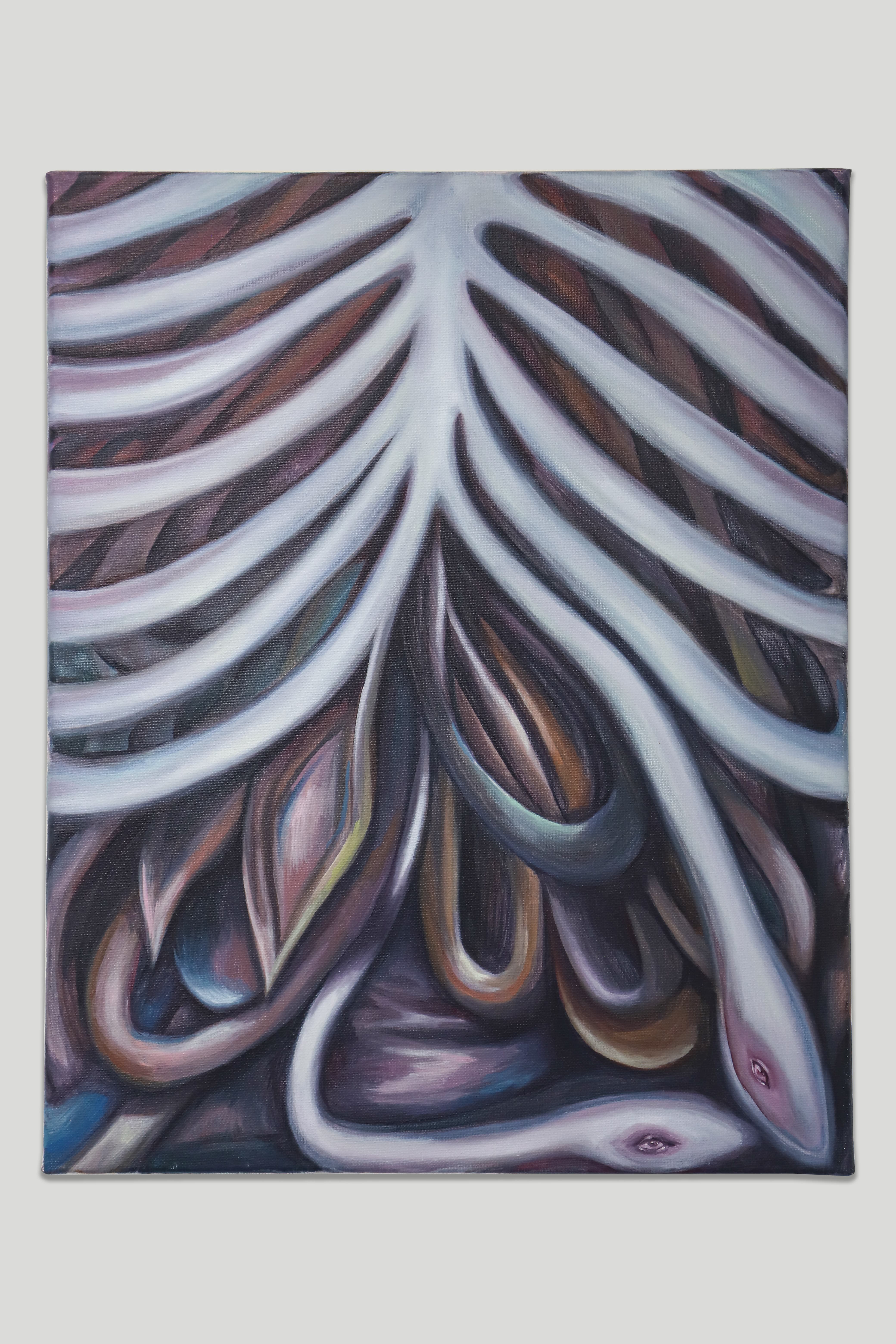 Alicia Reyes McNamara, The Stirring Within,
Alicia Reyes McNamara, The Stirring Within,
2022, oil paint, 50 x 40cm
Photo credit: Gilles Adamnson Semple
Tell us more about your new exhibition: The Goddess, the Deity and the Cyborg.
The exhibition is about how artists have taken the goddess figure and made it their own. So that might be disrupting it, dismantling it, doing a completely different thing or actually revering it. Essentially all of the works have a political message so it’s about reclaiming these stories to demonstrate the power of women. That's what's attractive about goddesses, they have incredible powers and I think all of these artists are drawn to that.
It starts with Mary Beth Edleson, who was part of the goddess feminist movement. She practised goddess rituals and devoted her career to the goddess. She went to these caves in former Yugoslavia now Croatiaand performed goddess rituals. Since the 1970s there has been criticism over the goddess feminist movement so I wanted to widen the exhibition to question the more gendered depictions of the goddess.
So that leads us to the deity, and the reason I'm interested in the deity is because it feels a bit more liminal. There is an artist called Alicia Reyes McNamara who is looking at mythology and the space inbetween. Then the cyborg refers to Donna Haraway’s A Cyborg Manifesto where she's looking back at goddess feminism and she says that the goddess and the cyborg are engaged in a spiral dance.
The cyborg offers a new formation. There's an incredible performer called Ashley Young who has a golden arm and she calls herself a cyborg. The way she uses her arm in the performance is amazing, it's like a jewel, it feels like she becomes something else, she's transformed. Transformation is a big theme in the exhibition.
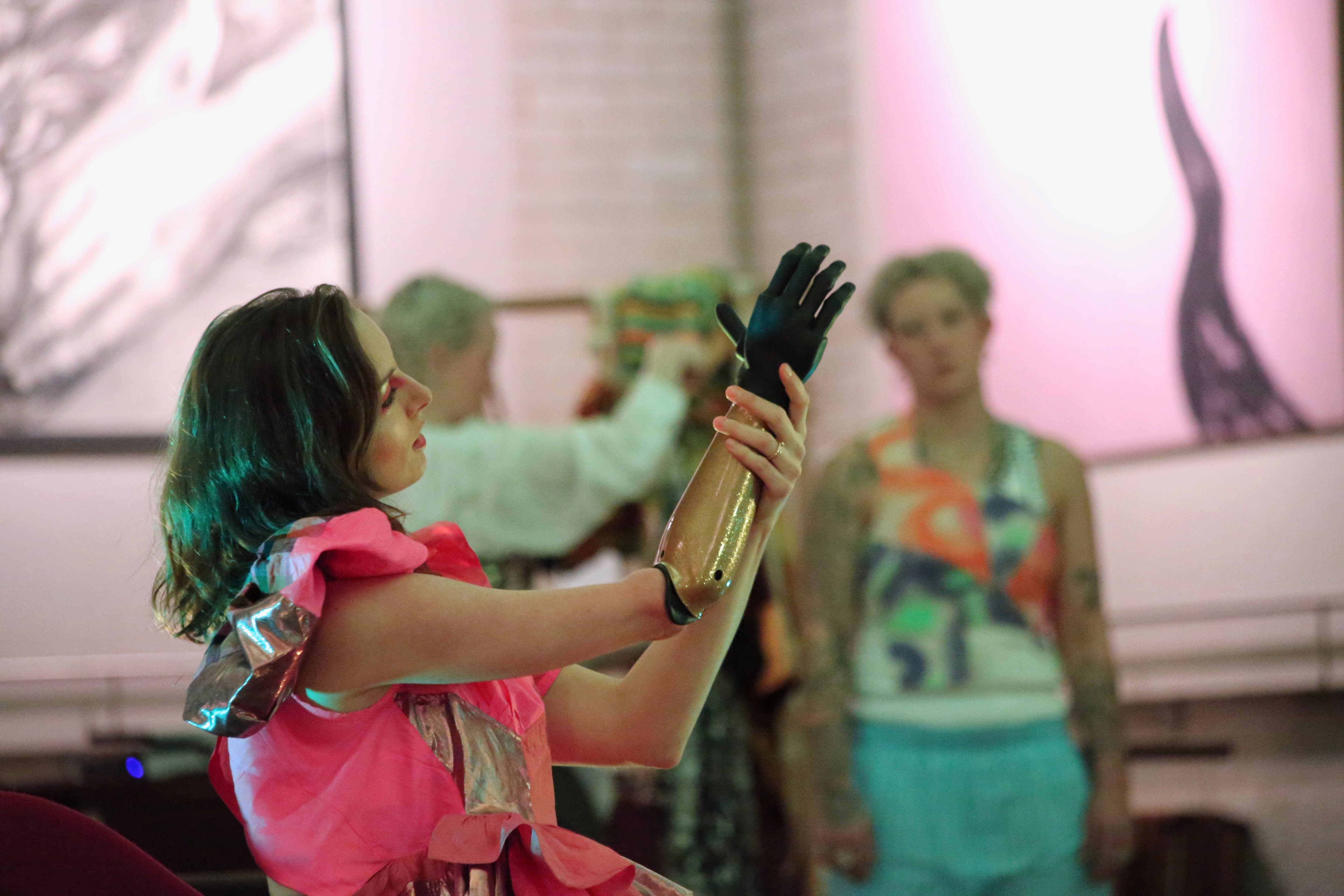
Linder, Bower of Bliss: An Improper Architecture, 2020,
featuring Ashley Young. Photo: My Linh Le.
How do you go about approaching the body in an exhibition like this?
We all have to stay super open and be tuned into how things are moving. I think in my time at the collection there's been a lot to learn. I am interested in doing a survey of everybody who gave work and questioning whether they still identify as women.
I think my job is to be balanced. Artists are the ones that should have the agency and I have a role in being able to effectively communicate stories. I think it's about really seeing what is interesting to artists at the moment and trying to be balanced in showcasing that. We’re keen to better understand our representation of artists and have recently carried out a survey with the Decolonise Art History group to understand the artists of colour in our collection.
The 2024 IWD theme is ‘Inspire Inclusion.’ Can you tell us about how you inspire inclusion in the Women’s Art Collection?
The very fact of the collection's creation was an attempt to ensure art by women was included in a male-dominated artistic and cultural landscape. It’s very identity speaks for women taking space in a field in which they have historically been marginalised.
Our latest acquisition is a work by Sadie Lee of the writer Diana Souhami that reflects a determination to reflect the experiences of lesbian artists and subjects. It was commissioned by a lesbian alumna Annie Bartlett and her partner Sandra Evans. A really important example of active inclusivity, which we are keen to celebrate.

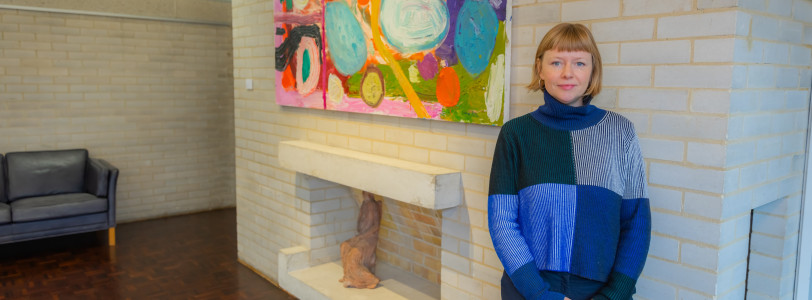
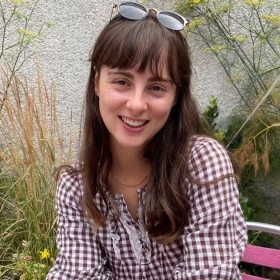
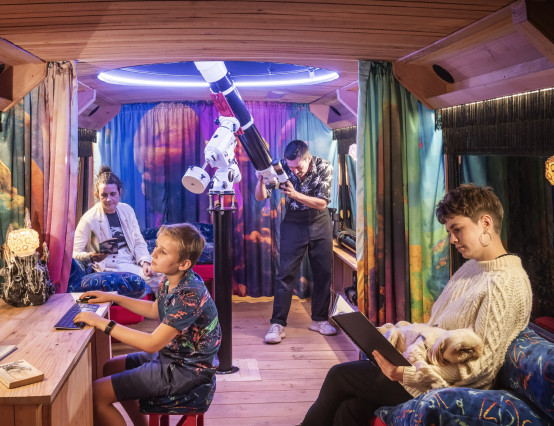
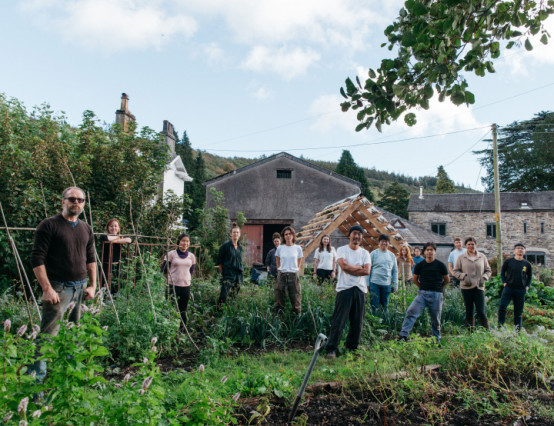
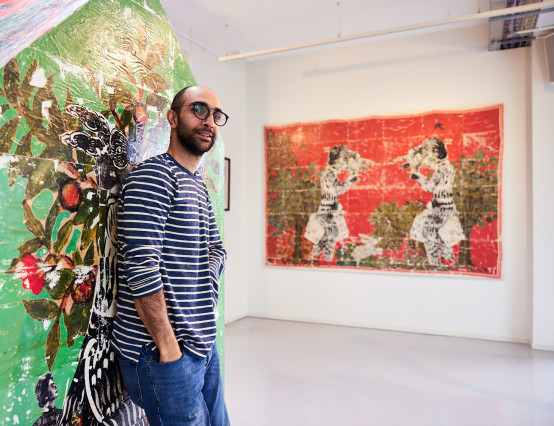


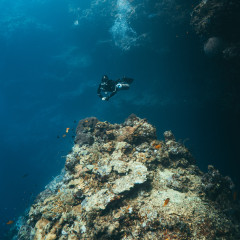
0 Comments